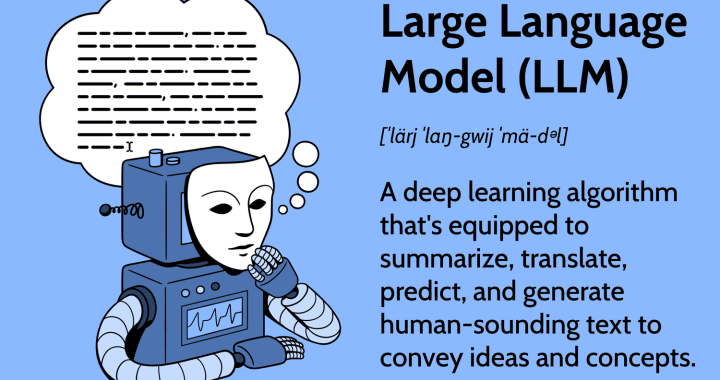Some months ago, my graduate department asked me a similar question in an interview. Now I’m thinking why not expand a little, let my hands hopscotch over the keyboard a little, improve a little.
I think my answer remains the same: Vronsky and Levin. But, adding some meat to the dish, it pays to open up with the etymology of those two words, “villain” and “hero.”
Curiously, “villain” shares its root with “villa” or that big house you saw in the countryside. A villain, historically, was a farmhand, someone who worked on a villa. We imagine a ruffian, some brutal old antagonist in medieval plays with chin whiskers and a bottle of moonshine. The neighborhood bully, perhaps, who lived his life on a farm, harassing the ladies who walked home from school. Does he spit? Probably. Does he visit the local library? Only to cut his nails from the steps, out in the open, harassing more people. Now that is someone who could ruff up a protagonist, steal a girl, you know.
Bluto from Popeye comes to mind, so do Grendel and Diesel 10 from Thomas the Tank Engine. An old school villain was this someone who was as dastardly as he was nasty. I think of that bro Gaston from Beauty and the Beast being a sort of clean-cut version of the classic villain, definitely a bad guy, but with a twist. Keep this twists thing in mind, as we move on.
“Hero” on the other hand has its root in Greek, from the word for demi-god, or anyone born from an immortal and mortal. You can see why this will necessitate a good story, already, from the start. But, more importantly, as a story progresses, we want to see our hero wield some sort of power, turn the tide at his darkest hour. We needn’t mention that most of us consider ourselves half-divine. High or low self-esteem, either way, half of us is different, the other half missing, until discovered. Therefore, heroes make good characters to cheer for. (Note, you didn’t think I wasn’t going to link you to the best etymological reference online, where I got this info from, did you? Click and learn why we write “heroes” and not “heros.”) Plus the hero doesn’t even need to be the protagonist, or the narrator. Gatsby, Holmes, Dean Moriarty?
To a lesser extend, Lila from My Brilliant Friend is the hero with the explainable superpowers, which our narrator follows. Although, it’s true, we do learn at the end of the book (close your eyes, spoiler alert) that the Brilliant Friend was Greco all along. Thus complicating the Hero-Sidekick pairing.
Side note, some people find Sancho Panza much more engaging that the hero of the story, not to mention the real knights with their fascinating backstories and heroic actions.
This brings me to the Hero-Villain complications/twists that make for awesome readings.
Just like we all like the tonic note on a scale (can I get a middle-C, please?) it is only through the manipulation of that cord in the piano body that leads to full musical compositions. Half-step back for dissonance, five steps forward for harmony. Walk in between, you get melody.
It’s so cool that we grow up with staples (or FORMS! screams the Platonist) or stocks or archetypes to harmonize or reverse or invert to our creative purposes. You can write a villain, then, exactly like Bluto — big, crass, dumb — and harmonize with our concept of bully. Or you could write an octave apart, and set your bully in the distant past or future. Or, maybe you want to strike a dissonant chord in our recognition of the bad guy: make the bad guy as central as a Patrick Bateman, as stylish as a Regina George, as classy as a Hannibal. Give him or her a relatable reason for his evil actions, like the cap-wearing Syndrome in the first Incredibles movie. The possibilities are endless.
Same with the hero, you can play the tonic note: Hercules. Or play around that: making the hero not half-god but fully human, like Odysseus. Or a full-god, but born of a small town girl . . . Jesus anybody? You get it.
Complicating an archetype isn’t new. But mixing traits of the hero with the villain, and the villain’s with the hero’s? Now that’s meta-complicated.
To bring it back, I think that is what Tolstoy does in his novel. He takes the hero and puts him in the shoes of the villain, and vice-versa. The goal, of course, is to practice empathy. I say the book achieves that goal.
In Anna Karenina, we meet the horribly charming, dashingly daring Vronsky. He isn’t a farmhand, but a count. He is so high above everyone else, in fact, so god-like, that he doesn’t even “fight” the hero in any ordinary sense of the word–too above drama is he. But, as with anything too high, there comes the downfall. As Elif Batuman puts it, Vronsky is “a man who really likes women.” Love, like “women,” for him is something general, a concept, something to play with, without committing to anyone in specific. When he stumbles upon Anna on the train, which leads to their eventual destruction, part of the tragedy is that he must break the heart of another woman, the first lady we see him courting, who later ends up becoming the hero’s wife.
The hero, mirroring the rival in so many ways, is a “man who doesn’t like women,” that is “women” in a general sense. Instead, he loves one and only one woman: the one Vronsky rejected. In more ways than one, we see Levin develop as Vronky’s foil, to become the atypical hero. Levin is closer to the original meaning of the word “villain” in that he does work on a farm, and is very brutish and blunt in his ways. Though an aristocrat, the best passages with Levin are the ones that paint him as a down to earth character. We see him mowing the field, traveling dirt roads, and even laying down besides a river for the life-affirming epiphany at the end.
All’s good, my friend. All’s good. Mirrors, yes. That’s what makes this pair so nice.
To end on a personal note, now that I’ve written a little about this mirroring and complicating, what I want to say is this. That I never could decide who I liked more, Vronsky or Levin. To be honest, it must because these two mirrors are like the side mirrors we find in dressing rooms, the central one for myself, the reader. That’s awesome writing. Cutting a reader in half, presenting two side of the same coin at once, and saying, see that, that’s you. Empathize.




